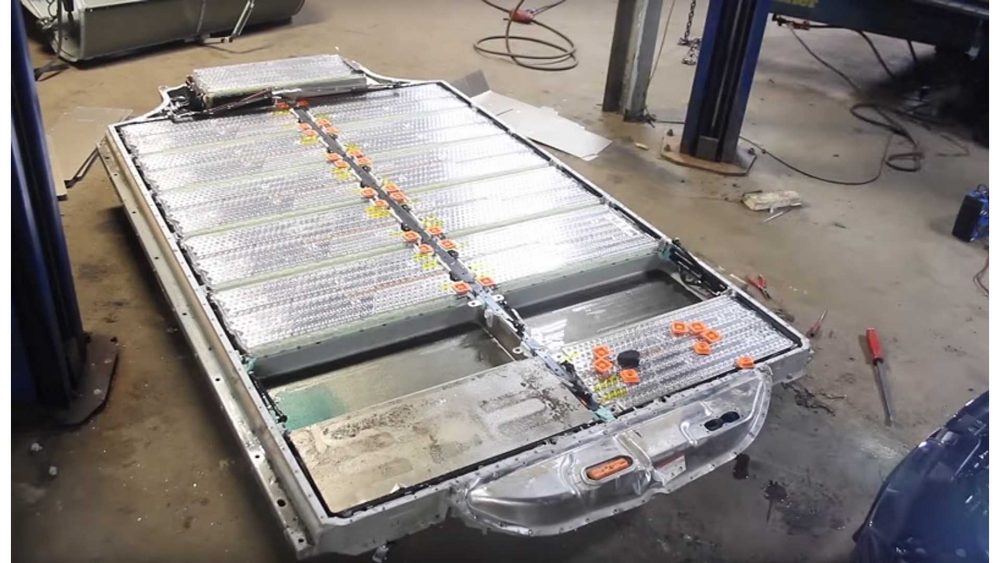As we all know humans are more aware than ever about saving the environment. One of the solutions came to our mind is electrifying vehicles especially cars. It is estimated in the future that more than 80% of the car on the road will be electric. But the question is when that future will commence? or should I say it is here with Lithium-ion battery?

Everyone is well aware that still the consumers are not convinced by electric vehicles. There are two main reasons for this argument. The first and foremost reason is the range of electric vehicles. Considering the range of their internal combustion engine counterparts they are fairly less range. On the other hand, the time to fully charge the battery for usable kilometers is also in many hours. This is where Lithium-ion batteries come in.
Why Lithium-ion battery?
- The electric vehicles all across the globe use different types of batteries. Lithium-ion batteries are the most reliable battery having the least charging time with the maximum range possible. Improving the battery, even more, can help reduce the problems that the electric vehicles face.
- In other words, the Lithium-ion batteries have a fairly high capacity that produces more power as compared to the other car batteries. The capacity of a battery refers to the charge that the battery holds. On the other hand, the performance is the maximum output that the battery can produce in a specific interval of time.
- Having a large storage density allows the large scale use of the Lithium-ion battery.
- The density refers to the ratio between the storage capacity of the battery and its weight. For comparison, the density of a battery is measured in Wh/Kg. For instance, a Lithium-ion battery density is about 300 to 500 Wh/Kg which is almost 10 times more than lead-acid battery if not less.

Now let us have look how this works
The Lithium-ion battery is based on the circulation of electrons which leads to a potential difference between the two electrodes or the terminals Positive terminal and Negative terminal. All this rig is immersed in an ionic liquid that is conductive in nature that is it can let the current pass through it.
When the battery is powering a device due to the flow of charge all the electrons are accumulated on the negative terminal or the negative electrode of the battery. A total of the opposite process is followed when charging the battery.
Lithium-ion Battery use
Here are some vehicles across the world currently using Lithium-ion batteries.
| Model | Battery | Charge Times |
|---|---|---|
| Toyota Prius PHEV |
4.4kWh Lithium-ion, 18km (11 miles) all-electric range | 3h at 115VAC 15A; 1.5h at 230VAC 15A |
| Mitsubishi iMiEV | 16kWh; 88 cells, 4-cell modules; Lithium-ion; 109Wh/kg; 330V, range 128km (80 miles) | 13h at 115VAC 15A; 7h at 230VAC 15A |
| Smart Fortwo ED |
16.5kWh; 18650 Lithium-ion, driving range 136km (85 miles) | 8h at 115VAC, 15A; 3.5h at 230VAC, 15A |
| Tesla S* Curb 2,100kg |
70kWh and 90kWh, Lithium-ion 18650 NCA cells of 3.4Ah; liquid-cooled; 90kWh pack has 7,616 cells; battery weighs 540kg; S 85 has up to 424km range | 9h with 10kW charger; 120kW Supercharger, 80% charge in 30 min |
| Tesla 3 Curb 1,872 kg |
Since 2018, 75kWh battery, driving range 496km; 346hp engine, energy consumption 15kWh /100km (24kWh/mi) | 11.5kW on-board AC charger; DC charge 30 min |
| Chevy Bolt Curb 1,616kg; battery 440kg |
60kWh; 288 cells in 96s3p format, EPA driving rate 383km ; liquid-cooled; 200hp electric motor (150kW) | 40h at 115VAC, 15A; 10h at 230VAC, 30A 1h with 50kWh |
Is Lithium-ion battery actually the future?
We are still waiting for an even better alternative than the Lithium-ion battery. Research is in progress developing a battery called a solid-state battery. But till then Lithium-ion battery represents the perfect compromise between capacity, volume, and the mass in the electric vehicle sector. It is capable of high voltages, easy recharging, and durability.
Also Read: What is the Right Time to Get Your Car Battery Replaced?





